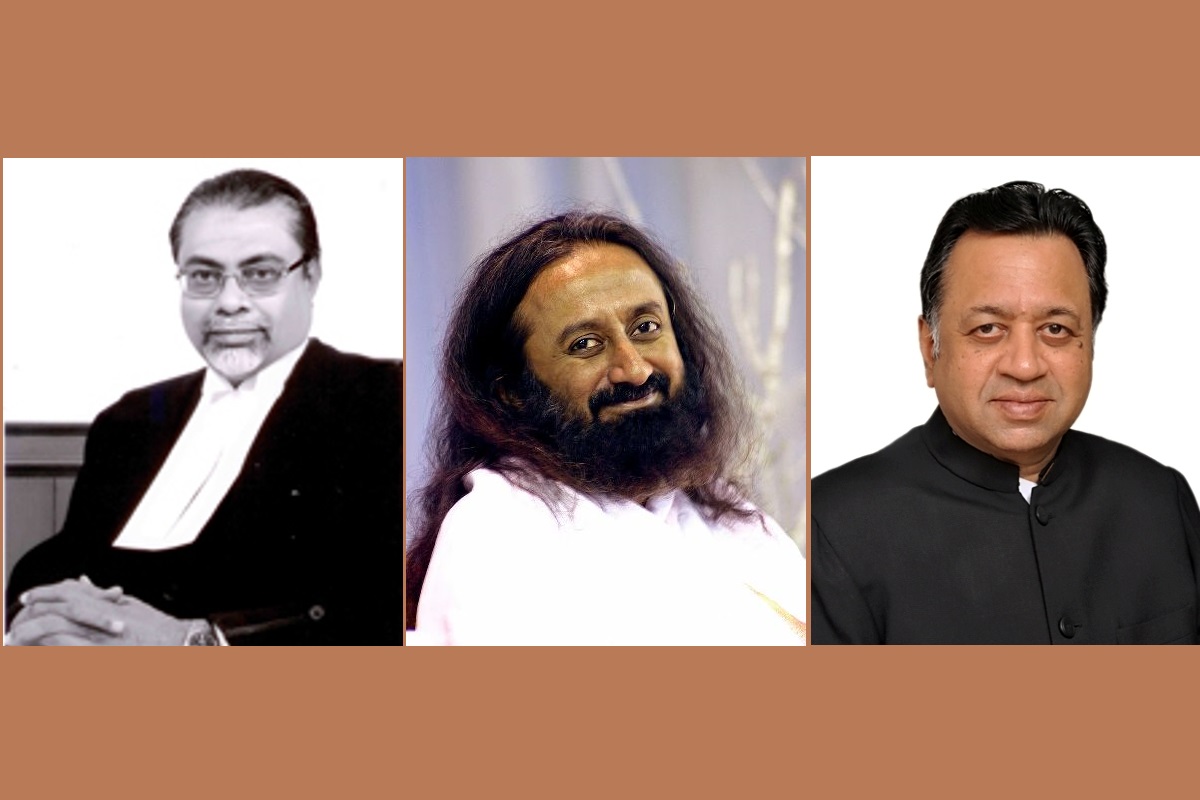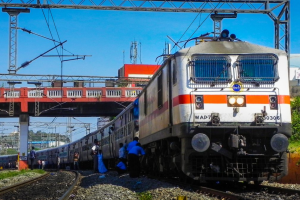Had members of the Constitution bench of the Supreme Court, or the three-member panel it appointed to attempt an out-of-the court-mediated settlement of the seemingly intractable Ayodhya dispute been monitoring TV on Friday evening they would have apprehended many sleepless nights ahead, and wished they had imposed an immediate “gag order”. For even before the panel had its first meeting there was such vicious regurgitating of confrontationist positions that the pitch was queered and Justice Kalifulla, spiritual guru Sri Sri Ravi Shankar and reputed arbitrator and senior advocate Sriram Panchu would have been left wondering why their Lordships has tasked them with a thankless job that required nothing less than a miracle for their efforts to bear fruit. Perhaps the only charge ~ negative one to be sure ~ was that some of his previous comments ought to have alerted the court that one member of the trio had no right to be deemed an “honest broker”, at least by a vocal section of the Muslim community.
Traditional regard for the apex judiciary came in the way of slamming the order to “mediate” (the decision was “respected” not “welcomed”) and the Hindu-side reiterated that nothing would ever come in the way of a grand temple being built at Lord Ram’s birthplace. It was a matter of faith, not a dispute over ownership of a plot of land. With a minister of the Central government (with an Ayodhya track-record) insisting that only a temple at the spot would satisfy the sentiments of the majority community, it was apparent that little heed was accorded to the judicial observation that the past cannot be undone, and its plea for “heart” to temper whatever mediation may ensue. In the absence of divine intervention, this fourth attempt at a negotiated settlement could so easily prove as stillborn at its predecessors.
Advertisement
The common man would be asking if it was judicial arrogance that prompted the court to try its luck, or a complete lack of confidence in the administrative machinery to rise above partisan interests. Several governments have been seized of the matter, none have succeeded in building the requisite bridge. That is a pathetic reflection on the quality of national leadership ~ political, administrative and judicial. For if Nehru and Vajpeyee were not able to find a more meaningful solution to the locks the colonial rulers had clamped on the disputed site, there is little hope from the present one. Unless those now wielding authority are prepared to stir the communal cauldron by opting for a “muscular” approach. Having got itself in the mediation process the apex court is duty-bound to ensure that it yields some success. Lest that cauldron boils over. Can CJI Ranjan Gogoi and his team work that miracle, or should they have let the law “takes it course”. Bravery and bravado are not synonymous.











